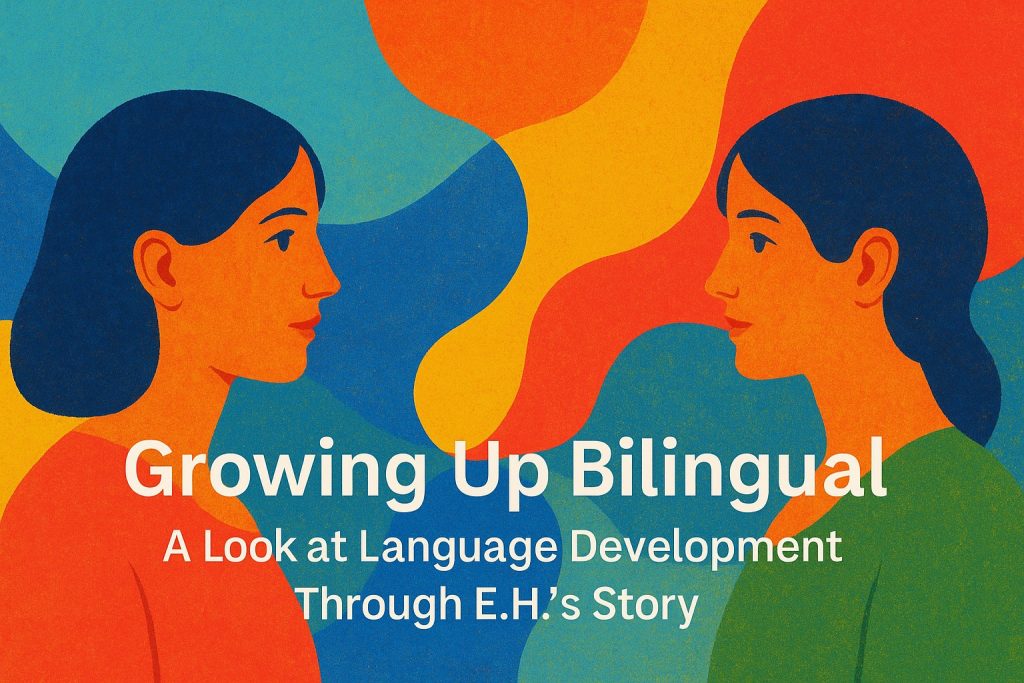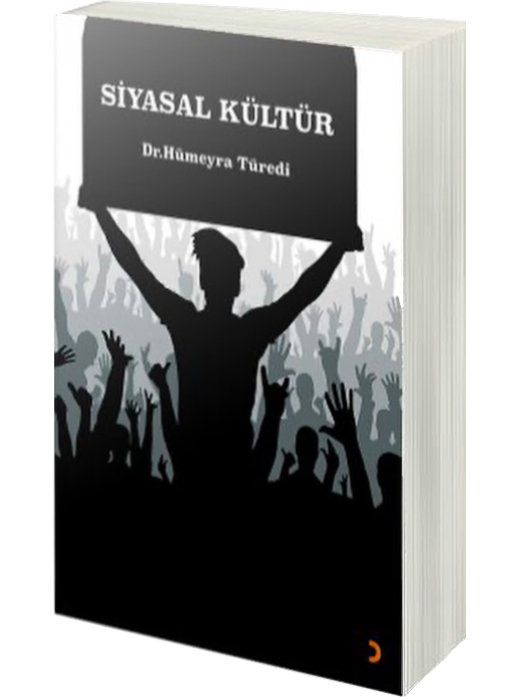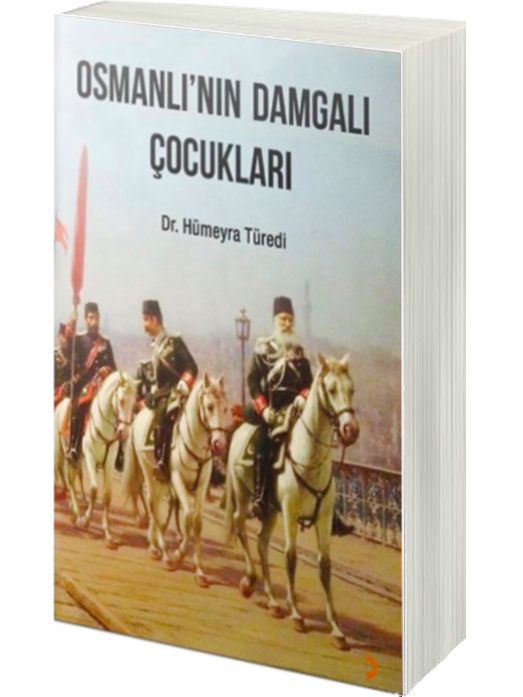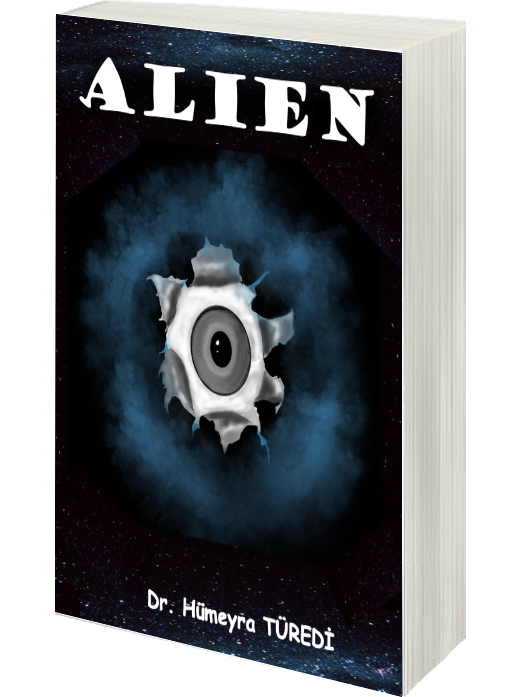
In recent years, many discussions have focused on bilingualism. Some parents worry that “If my child learns two languages at the same time, will they get confused?” while others believe bilingualism provides a lifelong advantage. Interviews with bilingual students offer valuable insights into these questions. In this article, I explore how bilingualism shapes children’s linguistic, cultural, and cognitive development through the real-life experience of a student I will refer to as E.H.
E.H.’s story clearly shows that bilingualism is not a burden but rather a powerful form of cognitive and cultural capital. Her story begins as a tale of migration, culture, and connection. Her father is Azerbaijani and moved to Istanbul to study aerospace engineering. Her mother is Ukrainian; they had met previously, eventually married, and settled in Istanbul. The mother is a native Russian speaker and now works as a French teacher, while the father is an aircraft engineer.
The main language spoken at home is Russian. Although the mother eventually learned Turkish, she still prefers to communicate with her children in Russian. The father also speaks Russian most of the time with the mother, but he naturally exposes E.H. to Turkish through daily interactions. This creates a linguistic environment that is natural, fluid, and dynamic.
E.H.’s language acquisition process is an organic, complex, yet functional ecosystem. At home, situations such as these occur regularly: the mother speaks in Russian, the child responds in Turkish, and the father may switch between Turkish and Russian even within the same conversation. This fluidity is not “language confusion”; quite the opposite—it’s a multilingual environment that strengthens the child’s ability to use both languages spontaneously and effortlessly.
E.H. can read the Cyrillic alphabet, understands and speaks Russian, although she says her writing skills in Russian aren’t very strong. Turkish developed primarily through school, and today it is the language she feels most comfortable expressing herself in. “I can speak both languages as if I’m speaking the same language; I never struggle,” she says. This sentence captures the essence of bilingualism: one language doesn’t end where the other begins. Instead, both languages flow within a single cognitive system.
When thinking, E.H. mostly uses Turkish, largely because it is the language of instruction at school. However, as a visual arts student, she explains that much of her thinking occurs not through words but through images. This is actually common among bilingual individuals: thinking tends to rely more on concepts and visuals rather than on specific linguistic codes.
E.H. believes that being bilingual has not negatively affected her academic performance; in fact, it may have offered certain advantages. She expresses herself more comfortably in Turkish because it is her school language. Yet an interesting detail emerges: she is not very strong in Turkish composition writing but performs better in English composition. The reason is simple—while learning English, she was required to write frequently; in Turkish, she did not engage in the same level of writing practice. The issue, therefore, is not bilingualism but instructional approach.
One of E.H.’s strongest observations is this: “Being bilingual made me more interested in other languages and helped me learn a new language more easily. Maybe that’s why my English is better.” This aligns perfectly with scientific research. Studies consistently show that bilingual children learn a third language faster, more easily, and with less effort; they grasp the logic of language earlier and build word–concept connections more rapidly. E.H.’s experience supports these findings.
E.H. also states, “When you know two languages, you become two-cultured.” This beautifully expresses that bilingualism is not just linguistic—it is also a cultural gain. Belonging to two countries while not feeling “completely foreign” to either one gives her a strong sense of cultural flexibility.
There is also a common emotional pattern shared by many bilingual students: “What if I forget one language if I don’t use it?” E.H. shares this same concern. This feeling reflects not a deficiency but the desire to preserve the richness of belonging to two cultures at once.
E.H.’s story makes one thing very clear: growing up bilingual is not a disadvantage but a significant advantage. It increases the capacity to learn new languages, broadens cultural perspectives, expands ways of thinking, does not negatively affect academic success, and doubles the possibilities for self-expression. In short, bilingualism provides a rich and expansive ecosystem for a child’s development. Contrary to the misconceptions that bilingual children “experience delays” or “get confused,” bilingual children build their language pathways in broader, more flexible, and more creative ways.
As I have always argued, bilingualism is one of the strongest cognitive investments that supports language development.
Dr.Humeyra Turedi
“Bilingual” Büyümek: E.H.’nin Hikâyesi Üzerinden Dil Gelişimine Bir Bakış
Son yıllarda iki dillilik üzerine birçok tartışma yapılıyor. Bazı aileler “Çocuğum iki dili birden öğrenirse karışır mı?” diye endişeleniyor; bazıları ise iki dilliliğin hayat boyu sürecek bir üstünlük sağladığını düşünüyor.
Bilingual öğrencilerle yaptığım görüşmeler bu sorulara cevap vermede çok değerli oluyor. Bu yazıda E.H. isimli öğrencimin gerçek hayat deneyiminden yararlanarak iki dilliliğin çocukların dilsel, kültürel ve bilişsel gelişimine etkilerini ele alıyorum.
E.H.’nin hikâyesi; iki dilliliğin bir yük değil, aksine güçlü bir bilişsel ve kültürel sermaye olduğunu çok net bir şekilde gösteriyor.
E.H.’nin hikâyesi aslında bir göç, kültür ve aşk hikâyesiyle başlıyor.
Babası Azerbaycan Türkü; üniversite okumak için İstanbul’a geliyor ve daha önce tanıştığı Ukraynalı anne ile evleniyorlar. İstanbul’a yerleşiyorlar. Anne Rusça anadilinde bir eğitimden gelmiş ve bugün Fransızca öğretmeni olarak çalışıyor; baba ise uçak mühendisi.
Evde konuşulan temel dil Rusça. Anne zamanla Türkçe öğrenmiş ancak anadili Rusça ve çocuklarla iletişimde Rusçayı tercih ediyor. Baba da anneyle çoğu zaman Rusça konuşuyor. Evin “ortak sesi” Rusça olsa da, baba E.H.’ye Türkçeyi doğal, günlük etkileşimlerle aktarıyor.
E.H.’nin dil edinim süreci tam anlamıyla doğal, karmaşık ama işleyen bir ekosistem.
Evde sık sık şöyle durumlar yaşanıyor:
- Anne Rusça konuşuyor
- Çocuk Türkçe cevap veriyor
- Baba bir cümlede Türkçe bir cümlede Rusça konuşabiliyor
Bu akışkanlık bir “kod karışıklığı” değil; tam tersi, çocuğun iki dili de spontane ve zorlanmadan kullanabilme becerisini güçlendiren çok dilli bir ortam.
E.H. kiril alfabesini okuyabiliyor, Rusçayı anlayıp konuşuyor ama yazmada çok iyi olmadığını söylüyor. Türkçe ise okul ortamında gelişmiş ve bugün kendini en rahat ifade ettiği dil hâline gelmiş.
“Her iki dili de aynı dili konuşur gibi konuşabiliyorum, hiç zorlanmıyorum” diyor.
Bu cümle aslında iki dilli olmanın özünü anlatıyor: Bir dil bitip diğeri başlamıyor; iki dil tek bir düşünce sistemi içinde akıyor.
E.H. düşünürken genellikle Türkçeyi kullanıyor. Bunun sebebi ders dilinin Türkçe olması. Fakat aynı zamanda bir görsel sanatlar öğrencisi olduğu için düşüncelerinin önemli bölümünü kelimelerle değil imgelerle bastığını söylüyor. Bu da bilingual bireylerde sık görülen bir durum: İki dilli bireylerde düşünme, sözcüklerden ziyade kavramlara ve görsellere dayanıyor.
E.H., iki dilli olmanın okul başarısını olumsuz etkilemediğini hatta bazı yönlerden avantaj sağladığını düşünüyor.
Kendini Türkçede daha rahat ifade ediyor çünkü eğitim dili bu. Ancak ilginç bir detay var:
- Türkçe kompozisyon yazmada o kadar iyi değil
- İngilizce kompozisyon yazmada daha iyi
Bunun sebebi çok açık: İngilizce öğrenirken sık sık yazı yazdırılmış; Türkçede ise böyle bir çalışma yapılmamış. Yani problem iki dillilik değil, öğretim yöntemi.
E.H.’nin en güçlü gözlemi şu:
“İki dilli olmak diğer dillere ilgimi artırdı ve yeni bir dili daha kolay öğrenmemi sağladı. İngilizcem belki de bu yüzden daha iyi.”
Bu ifade, bilimsel araştırmalarla birebir örtüşüyor.
Araştırmalar gösteriyor ki:
✨ Bilingual çocuklar üçüncü bir dili daha hızlı, daha kolay ve daha az eforla öğreniyor.
✨ Dilin mantığını erken yaşta çözmüş oluyorlar.
✨ Kelime-kavram ilişkilerini daha hızlı kuruyorlar.
E.H.’nin deneyimi de bunu doğruluyor.
E.H., “iki dil bilince iki kültürlü oluyorsun” diyor. Bu, iki dilliliğin sadece dilsel değil kültürel bir kazanım olduğunun güzel bir ifadesi. İki ülkeye ait olmak, ikisine de “tam olarak” yabancı olmamak. Bu durum E.H.’ye güçlü bir kültürel esneklik sağlıyor.
Bilingual öğrencilerin neredeyse tümünde ortak olan bir duygu var:
“Bir dili kullanmazsam unutur muyum?”
E.H. de aynı şeyi söylüyor.
Bu aslında bağımlı olunan bir zenginliğin kaygısı: İnsan iki kültür arasında büyüdüğünde her iki tarafı da koruma isteği doğuyor.
E.H.’nin hikâyesi bize şunu açıkça gösteriyor:
- İki dilli büyümek bir yük değil; bir avantaj.
- Yeni dilleri öğrenme kapasitesini artırıyor.
- Kültürel perspektifi genişletiyor.
- Düşünme biçimini esnetiyor.
- Akademik başarıyı olumsuz etkilemiyor.
- Kendini ifade etme seçeneklerini ikiye katlıyor.
Kısacası bilingual olmak, çocuğun dünyasını zenginleştiren bir ekosistem sunuyor. İki dilli çocuklar, dil yollarını daha geniş, daha esnek ve daha yaratıcı biçimde kuruyorlar.
Her zaman savunduğum gibi: Bilingual olmak dil gelişimini destekleyen güçlü bir bilişsel yatırımdır.
Dr.Hümeyra Türedi



